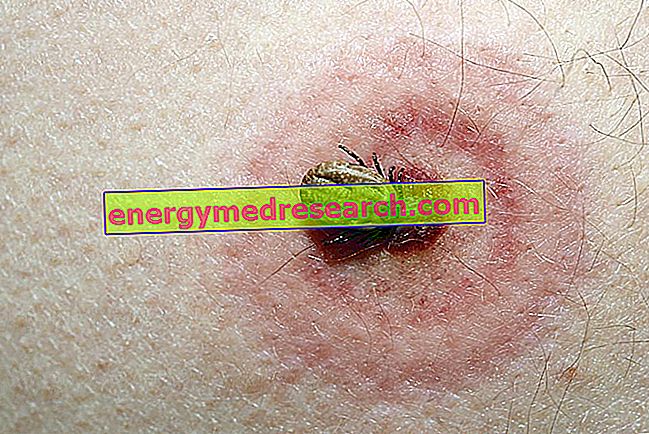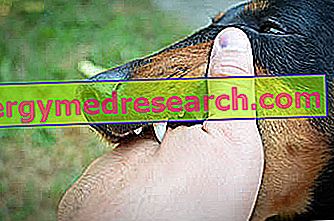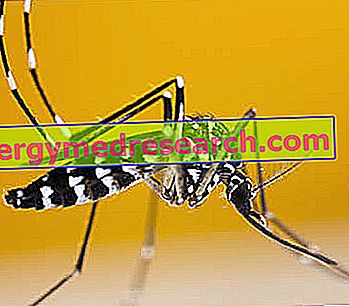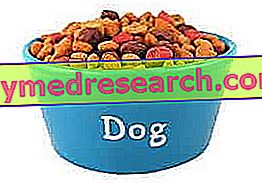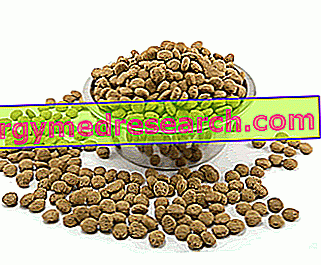Generality Lyme disease (or borreliosis) is a bacterial infection transmitted by tick bites. In dogs, the pathogen responsible for the disease ( Borrelia burgdorferi ) causes very variable symptoms in the skin, joints, nervous system and internal organs (heart and, to a lesser extent, the kidneys and liver)
Category veterinary medicine
Infected ticks can carry a variety of diseases. The most common is Lyme borreliosis , due to a bacterium that usually lives on small wild rodents, foxes, hares and blackbirds. The initial phase of this disease is usually characterized by a non-itchy red rash, similar to a circular spot that tends to expand from the tick inoculation site
Probably mosquito bites are one of the most annoying pitfalls of the summer season. In our country, "common" mosquitoes, fond of human blood, bite the most superficial layer of the skin, causing damage which, although ephemeral and fleeting, results in an irrepressible need to scratch. In the affected area, the skin appears highly itchy because the mosquito bite promotes the release of histamine, a powerful chemical mediator involved in allergic and inflammatory phenomena
Anger The most formidable danger following a dog bite injury is the transmission of the ANGER. The virus responsible for this disease is in fact transmitted through saliva, with an incubation period ranging from 20 days to one year (on average from one to three months). After this period the disease manifests itself in three distinct phases: ASPECIFIC PRODROMIC PHASE: it lasts 1-4 days and is characterized by fever, headache, malaise, anorexia, fatigue, dry throat, irritated cough, tingling at the site of inoculation, vomiting and diarrhea
Generality The dog bite is a lesion of a traumatic nature which, depending on the size of the animal and its intentions, can be more or less serious. This occurrence mostly occurs accidentally, when the animal is inadvertently annoyed : normally, a dog bites when it feels threatened or if it is in a situation of high stress
Generality The tiger mosquito ( Aedes albopictus ) is a particular type of mosquito, which owes its name to the elegant white streaks on its black body. Originally from tropical and subtropical Asia, this annoying insect arrived in Italy, probably through the importation of tires used by the United States around the early 1990s
Related articles: Anger Definition Rabies is an infectious disease caused by an RNA virus, of the genus Lyssavirus , which affects the nervous system. The infection is transmitted by the saliva of bats and some infected mammals (especially raccoons, skunks and foxes, but also dogs, cats and ferrets)
Premise Nutrition and movement are fundamental elements for the health of every dog. Not too different from the human one, the ideal diet for dogs is essentially omnivorous, as shown by studies on dietary needs and dietary habits of today's canids that live in the wild. In order to avoid getting lost in the usual debates on what is best to put in the trust bowl, between solid foods consumed in the family and special industrial products, in order to establish what is the optimal feeding for the dog, it is first necessary to know the nutritional needs of the animal
Watch the video X Watch the video on youtube Under the term "domestic or domestic feeding of the dog" is included a heterogeneous set of nutritional modalities ranging from the exclusive use of leftovers from the table, to the use of finely processed rations to satisfy the nutritional needs of the dog
Introduction Many cats are fed exclusively to dry food. On the other hand, dry food is the food that contributes most to the onset of feline diseases. If the animal only eats dry food, it is necessary to modify its nutritional habits and convert it to meat. Domestic cats have a behavior very similar to that of spoiled children
Adult Dog Feeding In adulthood, as well as in the weaning phase, the right nutrition of the dog cannot disregard the correct evaluation of his state of health and lifestyle. In fact, subjects that live mainly in a temperate climate, confined within the domestic walls, have - for obvious reasons - lower nutritional requirements than dogs that spend most of their time in the courtyards outside their homes


